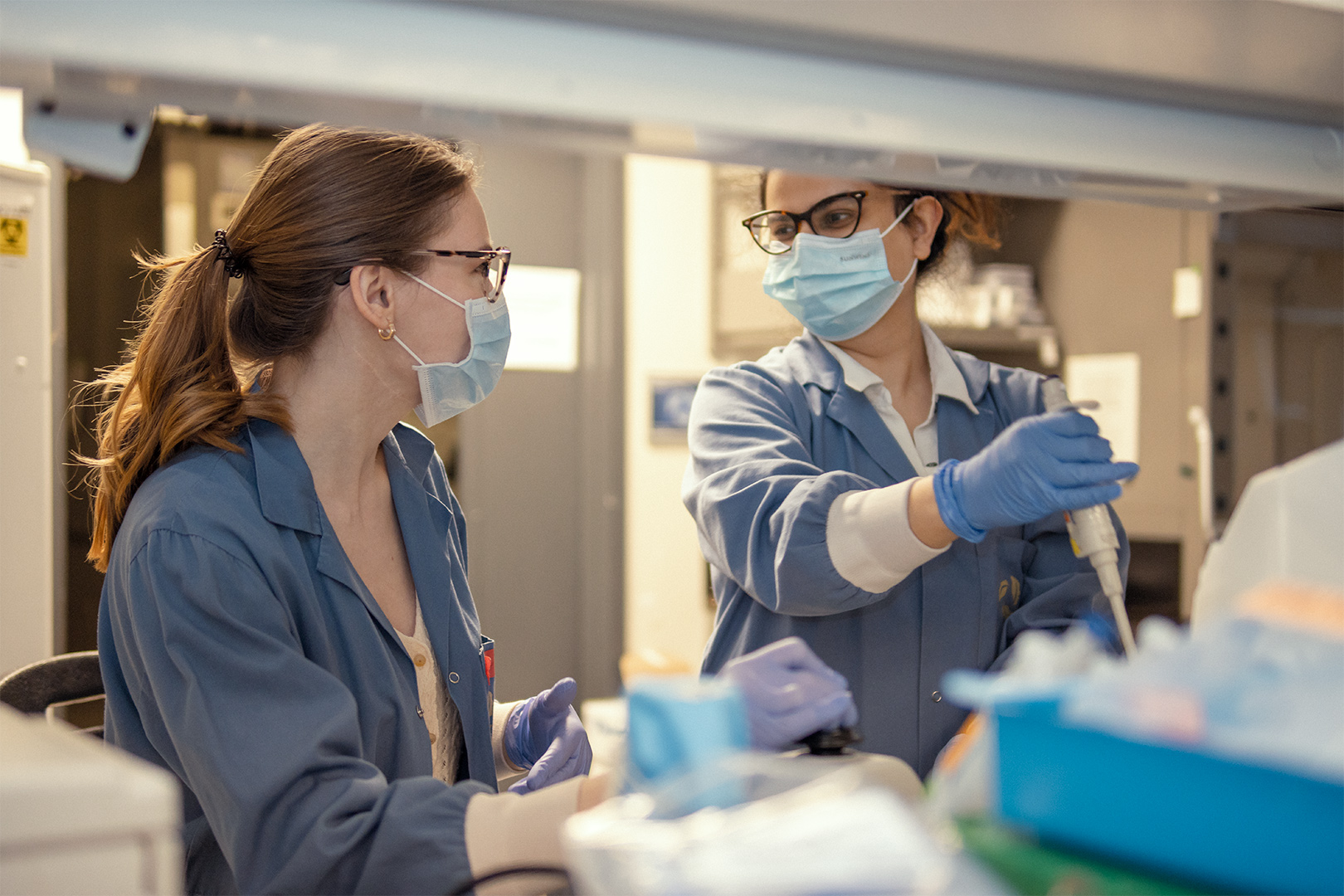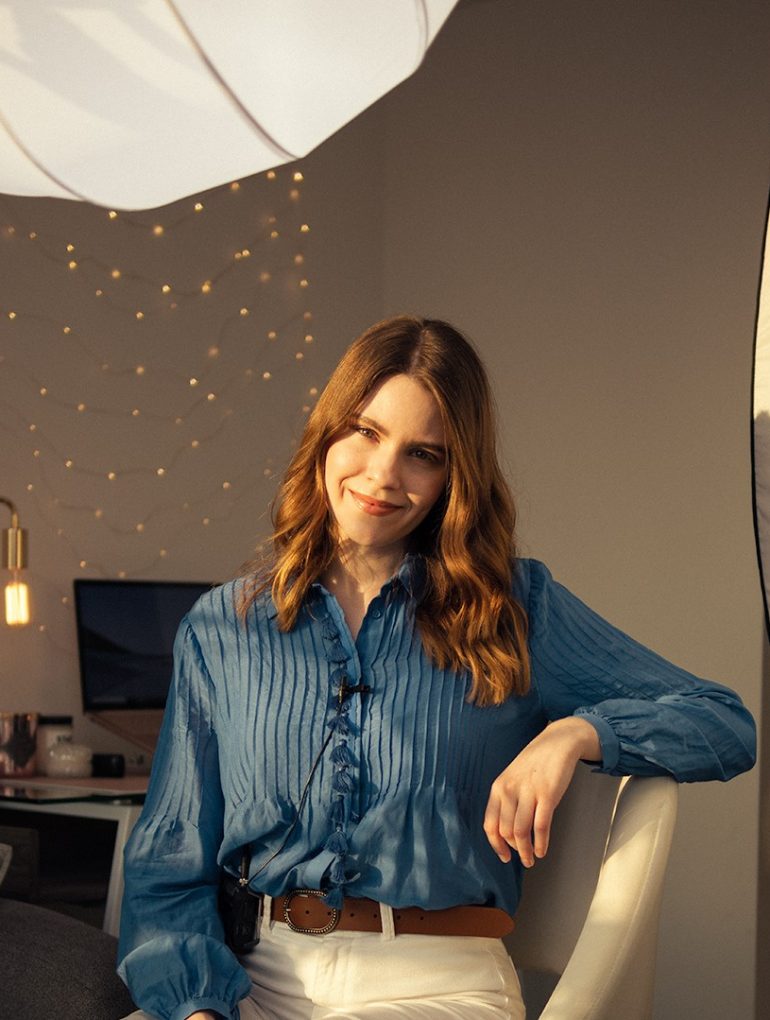I grew up in Ukraine in a family of artists, so it seemed natural that I too would become an artist. At the age of 12, I even took up a job that involved drawing illustrations for a 500-page or so children’s book and spent the next two years drawing hundreds of illustrations for that book. I didn’t enjoy that very much! But it did teach me a valuable lesson. Nothing of value in life comes easy, so I better find something I am truly passionate about and enjoy doing.
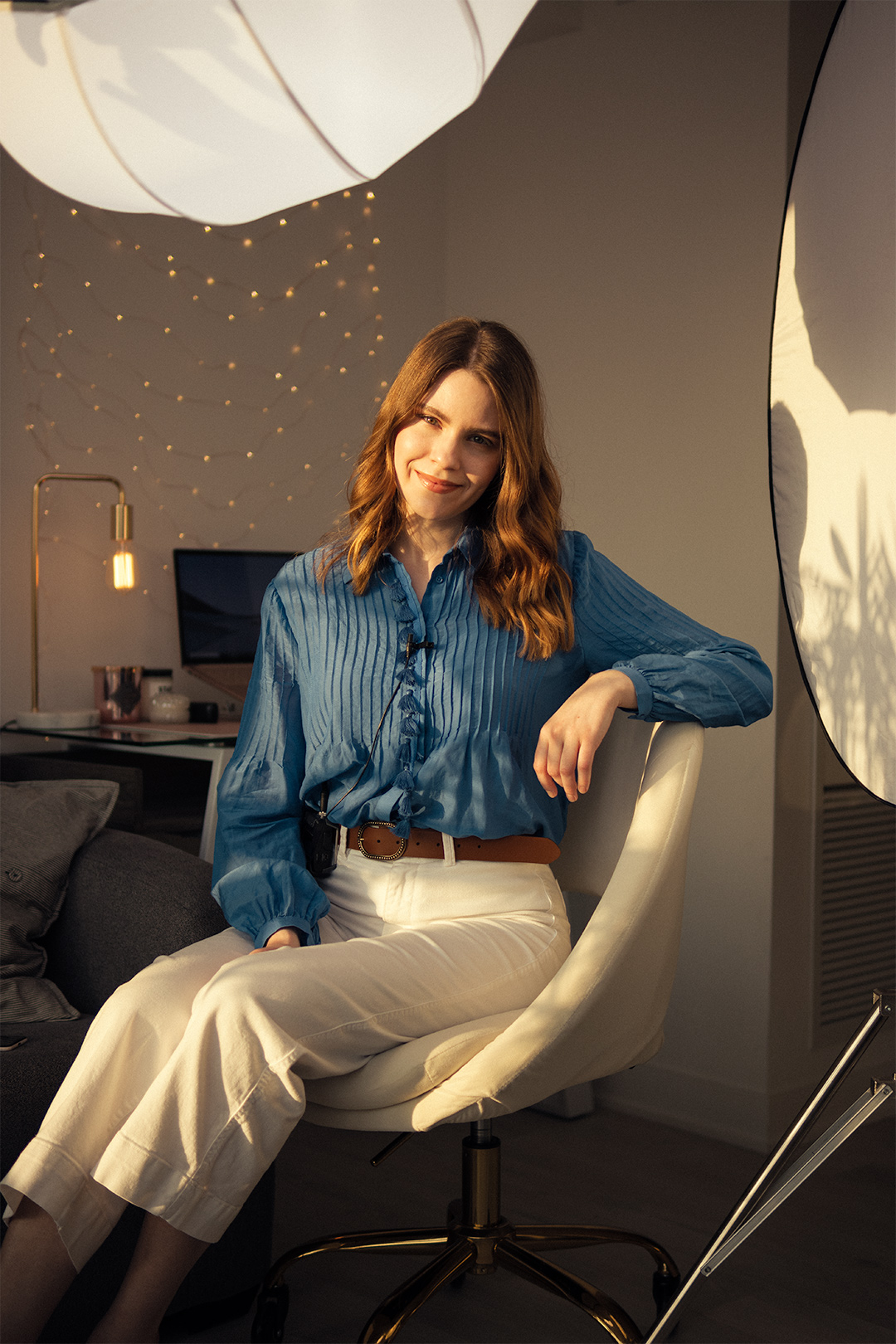
When I wasn’t glued to a Harry Potter book, I often found myself venturing into the non-fiction section of the local library and became quite fascinated with science and the sort-of grandeur of discovery. I dived headfirst into quite a few biology and chemistry textbooks, and as early as grade ten I began auditing undergraduate lectures and shadowing a graduate student at the local research institute. Since then an entire piece of my life has revolved around research, but because I get to work towards a cause I believe in while doing something I love, it has never felt out of place!
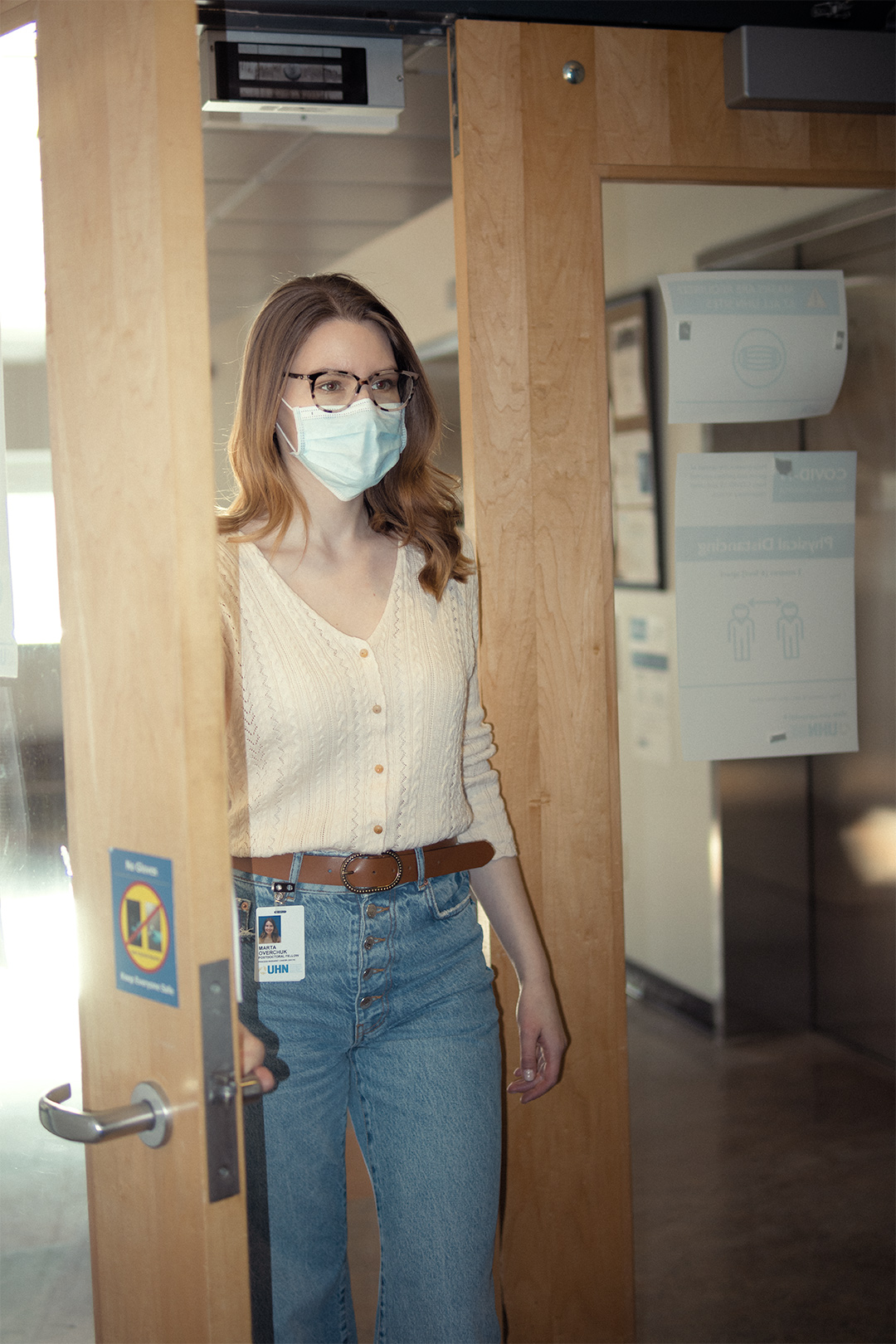
My research is centered around photodynamic therapy (PDT). This is a cancer treatment modality, which uses light in combination with non-toxic light-activatable molecules to generate reactive oxygen species that can kill cancer cells in a process that is somewhat analogous to radiation therapy. More specifically, my research explores how a PDT approach could be combined with nanomedicine to improve tumour uptake of chemotherapeutics with the goal of reducing systemic toxicity in patients while promoting tumor remission.
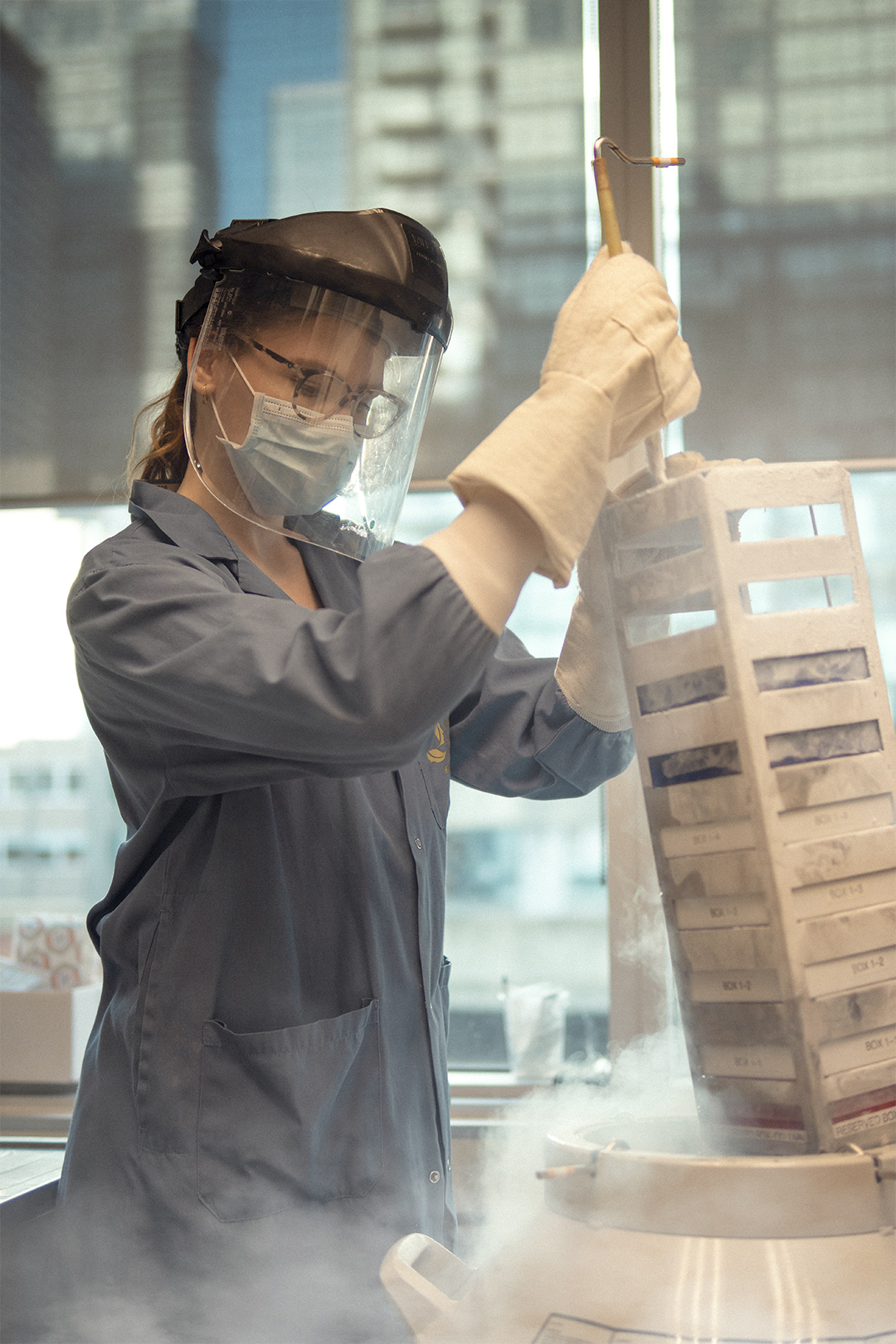
My extracurriculars are generally centered around two themes. The first involves science communication, I challenge myself to try to explain cutting-edge science in a way that is both fun and easily understood by most people. And the second theme centers around empowering others, especially international students, to pursue a career in science.
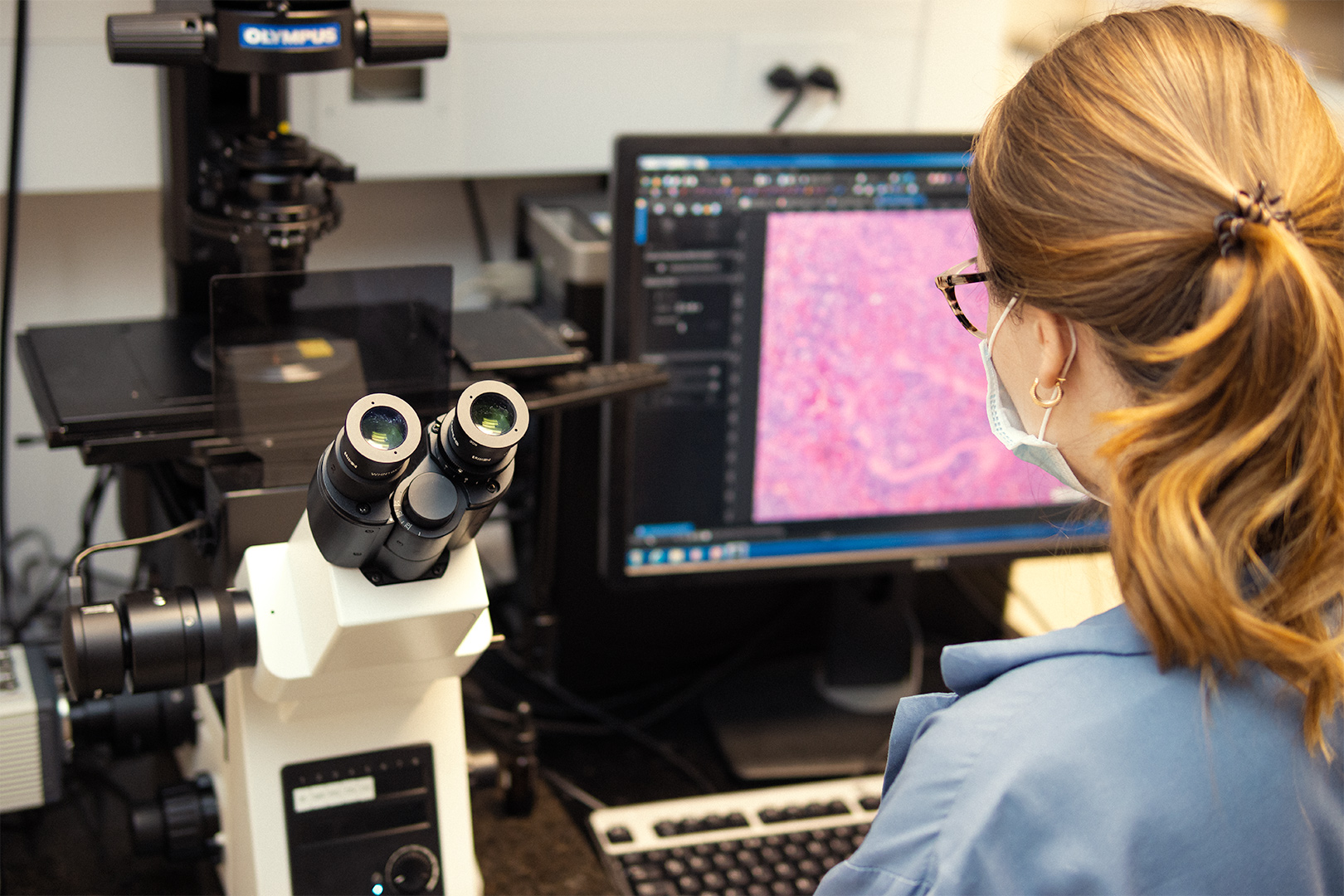
My motivation to start doing science communication on social media was to show as many people as possible that real-world science can be fun and interesting and that contrary to popular opinion you do not need to be a genius to understand it. Unfortunately, scientific research is still shrouded in mystery for most people. And sometimes we as scientists perpetuate this stereotype by not adapting our explanations to a broader audience. When I think of a complex scientific concept, I like to challenge myself to find a way of explaining it in a very short period of time, like 30 s. Surprisingly, most of the time, I can find a way of explaining it in an interesting way without sacrificing scientific accuracy. By incorporating these basics of storytelling, I have found that I’ve started to change the way I even approach my more professional talks. So in a way science communication is making me a better scientist!

I plan to stay in academia, but while on the path to professorship I plan to continue my science communication work. By being present on social media, I hope I can share my journey, help others, and try to break a few stereotypes along the way. 2020 really cemented social media as a tremendous force capable of change for both public health and social issues. By having more scientists’ voices on social media, we can hopefully bridge the gap between the public and the scientific community, build trust, and incorporate scientific principles into peoples’ decision-making. Also, as a woman in science, I want to share my academic journey so that any young girl out there can see if I did it then can as well.
